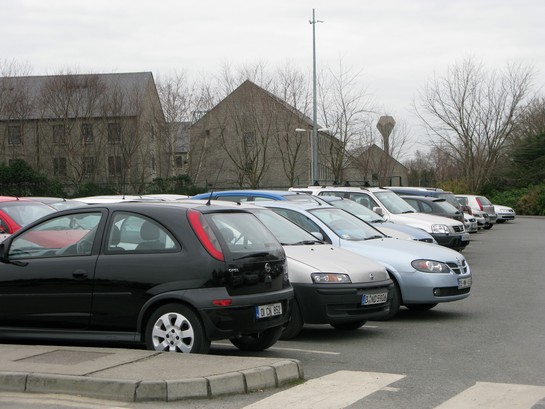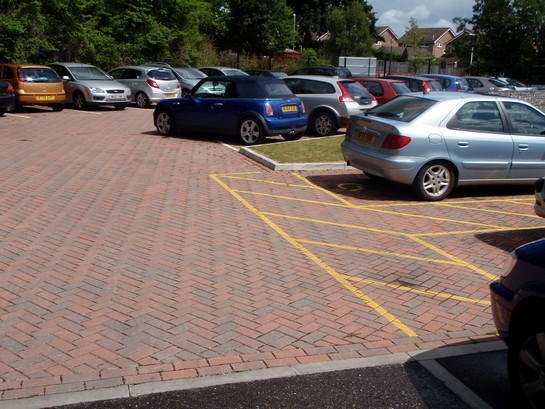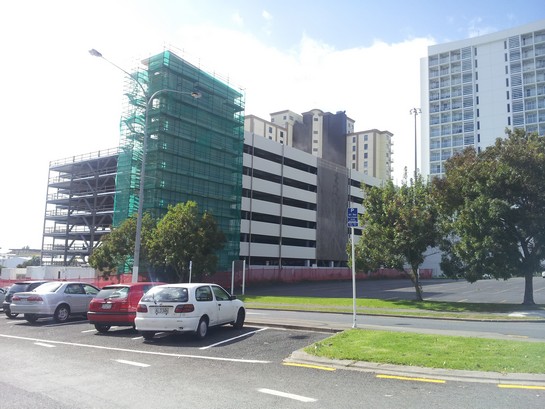
Many drivers seem to view driving nose first into inline parking spaces as the ‘easy’ option, but it isn’t, unless you are so short that your view of the car’s extremities is limited. Again, the rear of the car is less manoeuvrable than the front, so if you tuck it in first you can swing the front about to finish the movement.
A properly performed reverse park is one movement where forwards parking often requires a wide sweep or lots of backwards and forwards adjustments. In addition, reverse parking makes it easier and safer to get out, because you can see what is coming.
The principles involved in reversing into a parking space also apply to reversing into a garage or drive. If you have no turning space, reversing into a drive means you come out forwards with a better view of the road.
Reverse parking also saves fuel because you drive straight off rather than manoeuvring with a cold engine.
Unfortunately some people drive round car parks not thinking that anyone else is likely to be parking their car, and they too often seem to get behind me! These people generally find reverse parking perverse and do not appear to notice indicators and reversing lights. So beware of the person who, no matter how carefully you signal, pulls up behind you. If they can’t or won’t back up, move on slowly to the next parking space and, as well as indicating, open your window and point at the space you intend to use. If they still don’t get the message either let them past or have a polite word about intending to reverse park. Oh, and don’t do the same to others: leave people in front,of you room to park.

In one-way car parks, if you can pull up diagonally across the access way it makes reversing into the parking space easier, but beware of people behind you trying to overtake as you stop. Indeed, always keep an eye out for people doing that because some do not realize that as you go back the nose of the car will swing out. In one-way car parks it pays to drive down the middle of the road to stop people trying to do that.
Once you have found a suitable space:
- Check your mirrors and indicate.
- Stop at least a metre out from the next car along, further out if you can, and about half a car’s length from your parking space (more if your car isn’t very manoeuvrable).
- Reverse back and start turning towards the parking space just before your rear wheels come level with the edge of your space. In a car with a long rear overhang, you may need to start turning a little earlier.
- Check your mirrors to ensure you are not passing too close to the cars on either side of your space. In saloons, take care to leave enough room for the boot to swing round.
- As the nose comes round in line with the space, straighten the steering.
- You should still have space to adjust the position of the tail within the parking space as you go back, checking the mirrors to judge how far you are from the cars on either side.
- In most cars, anything behind you disappears long before it is close to the car. There is no easy way of judging this, so be prepared to get out and look, especially in a car you are not used to.
- If you finish too close to cars on either side, or overlapping the space’s lines, check oncoming traffic, pull straight forwards and reverse back, correcting your line.
- If you have to pay before leaving, take the keys with you. Make sure the car is secure before leaving it.









